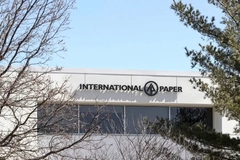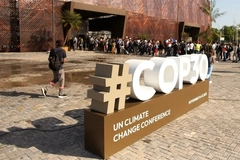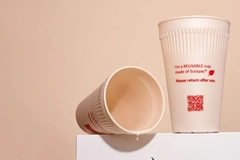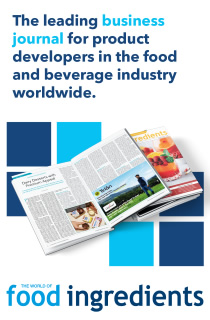Rabobank reveals which countries could win or lose from US containerboard tariffs
Key takeaways
- RaboResearch expects US tariffs on pulp and paper to reshape global trade, favoring lower-tariff partners like Canada and Brazil while disadvantaging European exporters.
- Containerboard demand is expected to recover modestly, with production rebounding and prices projected to rise by 2026–2027 as inventories stabilize and inflation pressures ease.
- Winners could include low-cost South American and Canadian producers, while European and Chinese suppliers face declining competitiveness and higher costs.
The recent US tariffs on paper and pulp may trigger a zero-sum dynamic, with rising prices and costs pushing trade flows toward cheaper, lower-tariff partners like Canada and Brazil, according to Xinnan Li, senior analyst for Packaging and Logistics at RaboResearch.
Rabobank’s RaboResearch released its Q3 2025 containerboard quarterly report, outlining the research department’s forecasts for containerboard demand, production, and linerboard prices.
Packaging Insights sits down with Li to understand how the US tariffs on pulp and paper are predicted to shape the containerboard industry.
What are the key findings of your latest North America containerboard report?
Li: In the latest RaboResearch Containerboard forecast, we expect demand to recover at a modest compound annual growth rate (CAGR) of 0.53% through the second quarter of 2027, though we expect the actual recovery to exceed the forecasted number, driven by the potential normalization of trade disruptions, stabilizing demand in packaging and industrial sectors, and the strength and resilience of the e-commerce sectors.
Production is projected to rebound at a CAGR of 2.82%, driven by inventory replenishment across both mills and converters. However, we expect the market to trend lower than our forecasted number, given the wave of capacity reductions with no end in sight. Linerboard prices are anticipated to remain flat over the next 12 months, followed by a projected increase of US$40 per metric ton in late 2026 and an additional US$50 per metric ton increase in 2027. This is partly driven by recovering industry fundamentals and partly driven by our inflation outlook.
Can you describe the current tariff landscape for pulp and paper?
Li: Among the most important trade partners, Canada’s pulp and paper imports remain exempt from tariffs under the USMCA agreement. However, this exemption is subject to review starting in July 2026, potentially leading to changes. Most Brazilian pulp and paper imports face a 10% tariff but are currently exempt from the higher 50% tariff, although they may change in the future. European pulp and paper imports are currently subject to a 15% tariff based on the latest trade deal.
How are you expecting the recent set of tariffs to affect pulp and paper packaging trade?
Li: The recent tariffs could create a zero-sum environment. As prices and costs rise, trade volumes are likely to shift toward lower-cost or lower-tariff trading partners, such as Canada and Brazil, potentially at the expense of European exporters.
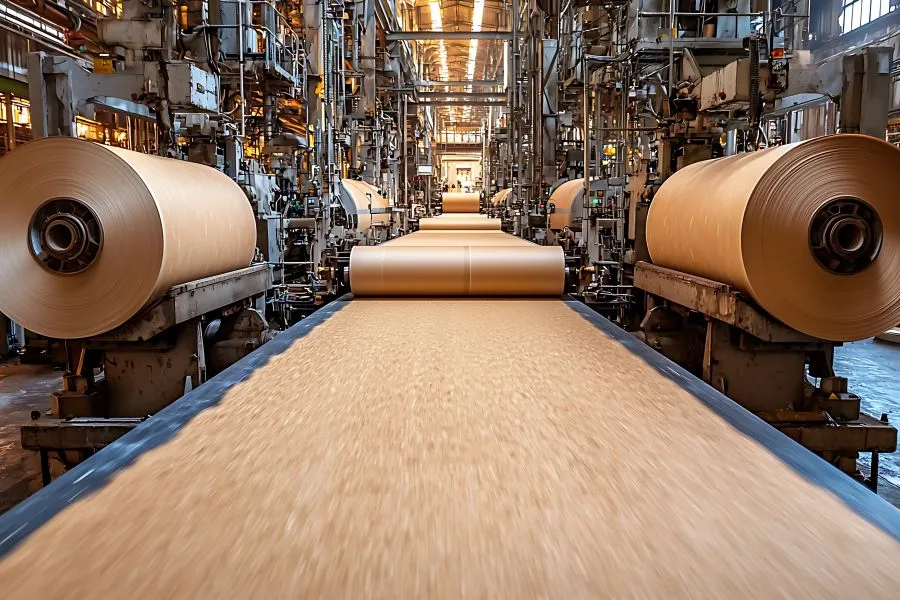 Li expects continued volatility in trade flows, marked by rapid acceleration followed by abrupt pauses.The US, which exports both softwood and some hardwood pulp, may retain more volume domestically, reducing its outbound supply.
Li expects continued volatility in trade flows, marked by rapid acceleration followed by abrupt pauses.The US, which exports both softwood and some hardwood pulp, may retain more volume domestically, reducing its outbound supply.
This shift could leave a gap in key export destinations like Asia, where European producers may redirect volumes that were previously destined for the US. Consequently, while global trade volumes may remain relatively stable over the longer term, we anticipate meaningful adjustments in trade routes. The US is expected to strategically realign its partnerships, while other regions adapt to the evolving landscape.
Given the fluid and unpredictable nature of tariff policy, we expect continued volatility in trade flows — marked by periods of rapid acceleration followed by abrupt pauses.
Who is expected to benefit and lose from the tariffs?
Li: The winners include lower-cost producers in South America, such as Brazil, Chile, and Uruguay, Canadian producers (at least until the USMCA exemption is renegotiated), and US domestic softwood producers, who may benefit from reduced imports and tighter supply, driving up market prices.
Losers are likely to be European producers, who face a flat 15% tariff along with higher production and regulatory costs. Chinese paper and paper packaging producers may lose significant access to the US market. Additionally, high-cost producers globally, especially those operating aging mills or facing stringent regulations, may see their margins squeezed as the market becomes increasingly cost-sensitive.
How quickly are you expecting containerboard production and demand to recover?
Li: The worst of the downturn is behind us, largely due to the conclusion of the destocking cycle. Demand recovery is expected to be gradual and aligned with our broader macroeconomic outlook, given the tariff uncertainties, inflation outlook, and unemployment rates.
On the supply side, mill closures are already underway as producers respond to lower demand, and we expect this trend to continue. Operating rates are expected to gradually return to healthier levels in the next 6 to 12 months. Consequently, we hold a more constructive view on pricing, with one increase projected for 2026 and another in early 2027.

